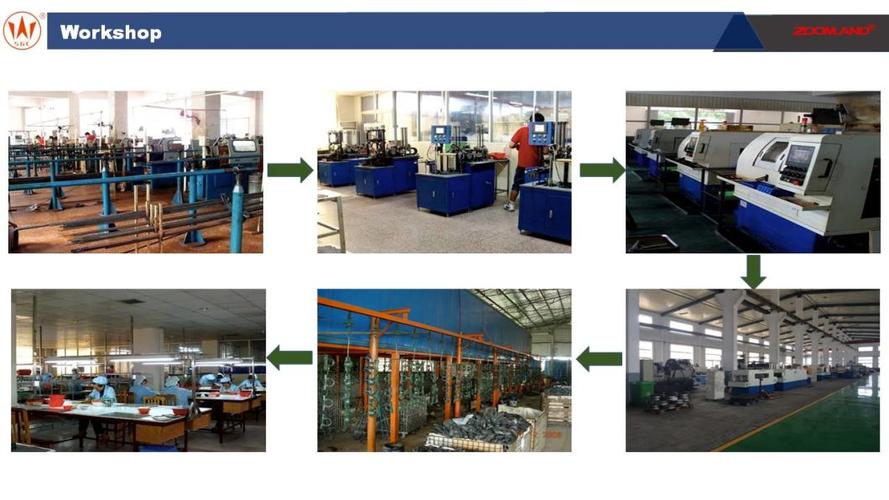How Do Bearings Work in Machinery: A Comprehensive Guide to Industrial Efficiency
Introduction
Bearings are the unsung heroes of modern machinery, enabling seamless motion while minimizing energy loss. Understanding how bearings work in machinery is critical for engineers, procurement managers, and maintenance professionals aiming to optimize industrial operations. This guide explores bearing mechanics, applications, and selection strategies to help you maximize equipment performance and longevity.
The Fundamental Role of Bearings
Bearings function as precision components that facilitate rotational or linear movement by reducing friction between moving parts. They achieve this through three primary mechanisms: load distribution, surface separation, and motion guidance. By supporting axial and radial forces, bearings prevent metal-to-metal contact that causes premature wear.

Key Bearing Types and Their Applications
Ball Bearings
Ideal for moderate loads and high-speed applications, these use spherical rolling elements. Common in electric motors and gearboxes.
Roller Bearings
Cylindrical or tapered rollers handle heavy radial loads. Essential for conveyor systems and heavy machinery.
Plain Bearings
Simpler sleeve-style bearings for low-speed, high-load scenarios like engine crankshafts.
Bearing Selection Criteria
When choosing bearings, consider load capacity, rotational speed, operating temperature, and environmental conditions. Premium bearings with advanced sealing systems outperform standard models in harsh industrial environments.
Maintenance Best Practices
Regular lubrication, contamination control, and vibration monitoring can extend bearing lifespan by 40-60%. Implement predictive maintenance schedules to avoid unexpected downtime.
Why Choose Our Industrial Bearing Solutions
Our ISO-certified bearings feature advanced heat treatment processes and nano-coating technologies, delivering 30% longer service life than industry averages. Custom configurations available for specialized applications.
FAQs
What lubrication is best for high-speed bearings?
Synthetic greases with extreme pressure additives provide optimal performance.
How often should bearings be replaced?
Depends on operating conditions – typically 18-36 months with proper maintenance.
Can bearings be reused after disassembly?
Not recommended unless professionally reconditioned and re-lubricated.
Conclusion
Mastering bearing mechanics directly impacts operational efficiency. Explore our catalog of high-performance bearings engineered for demanding industrial applications. Contact our technical team for personalized recommendations or request a free bearing lifespan analysis.




 13869596835
13869596835